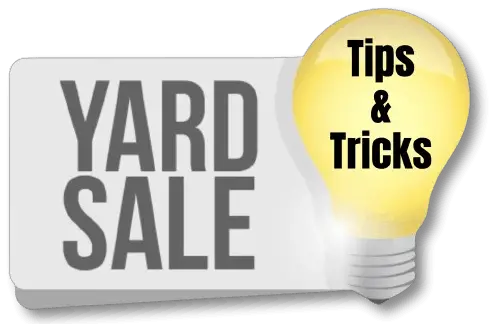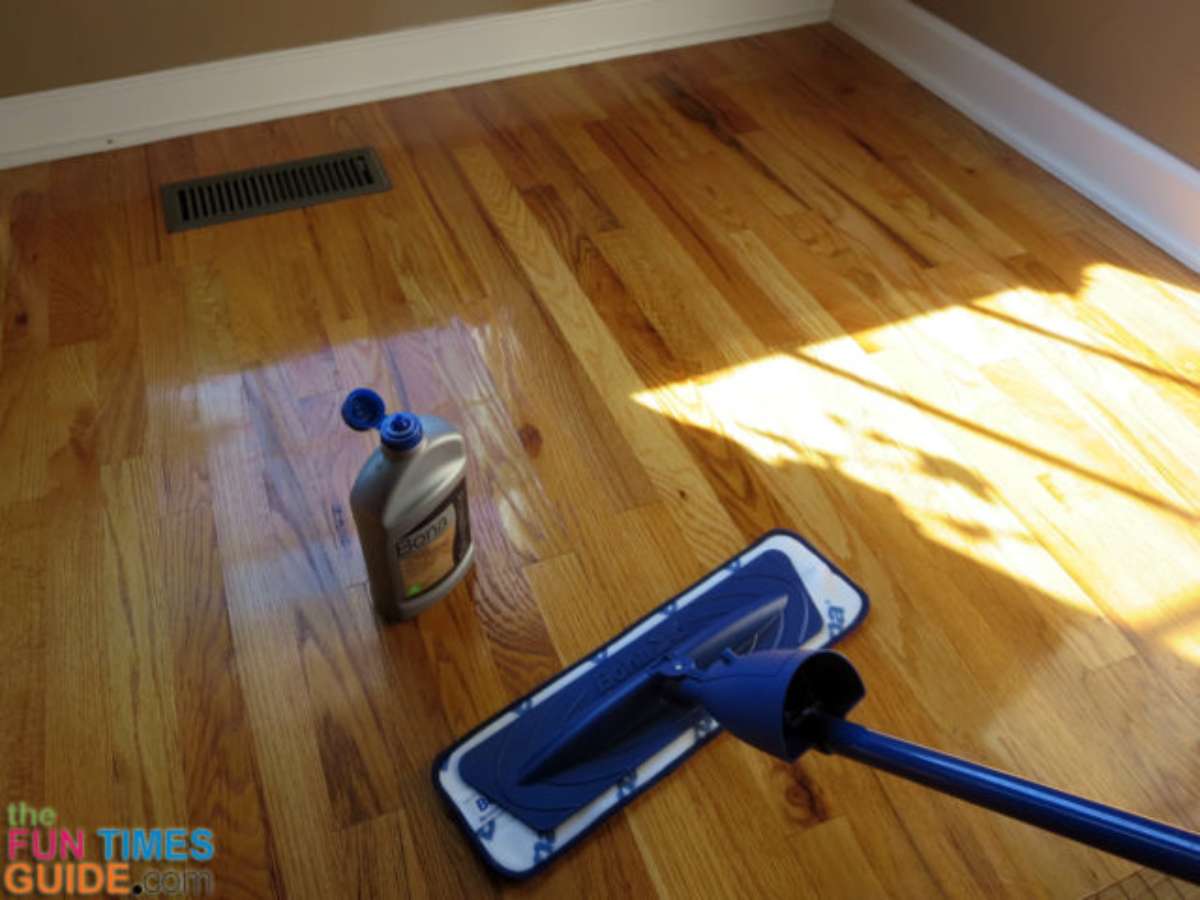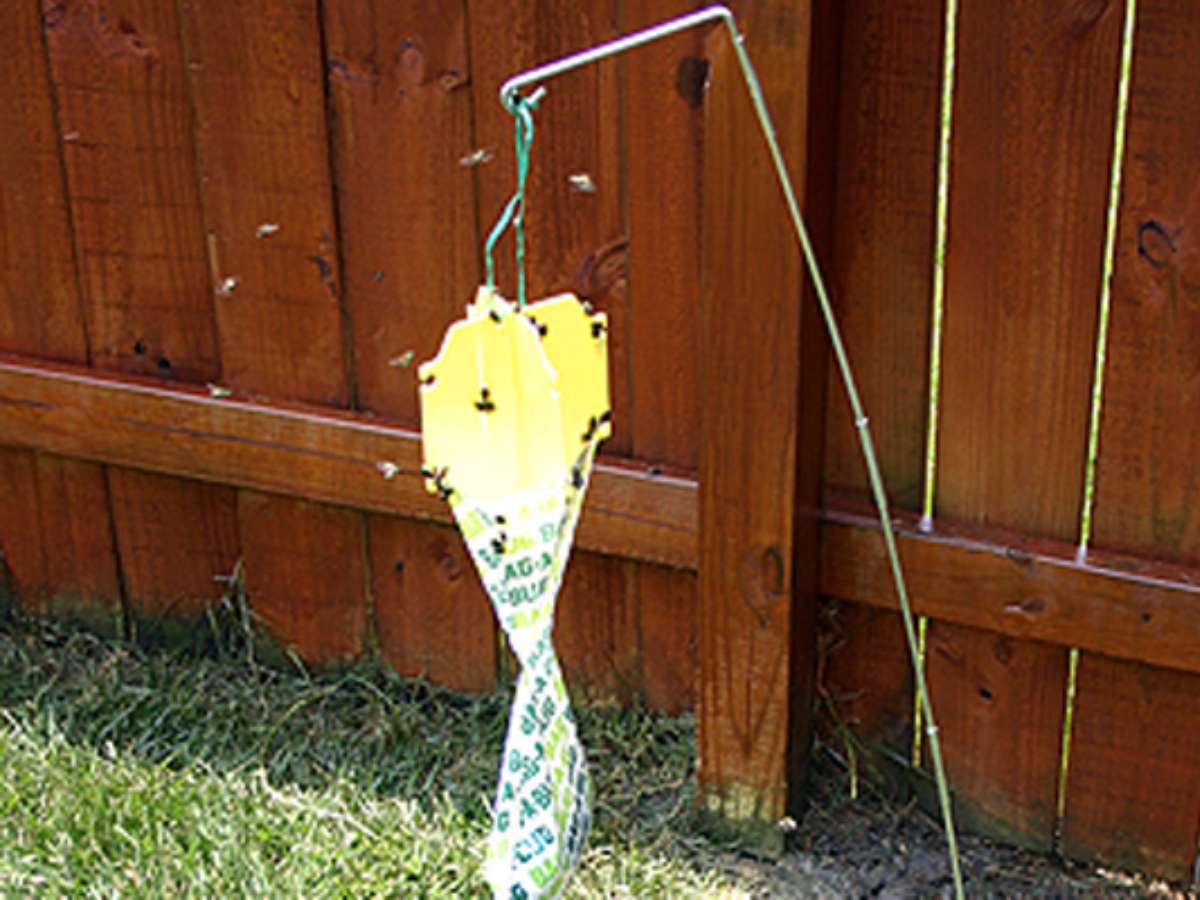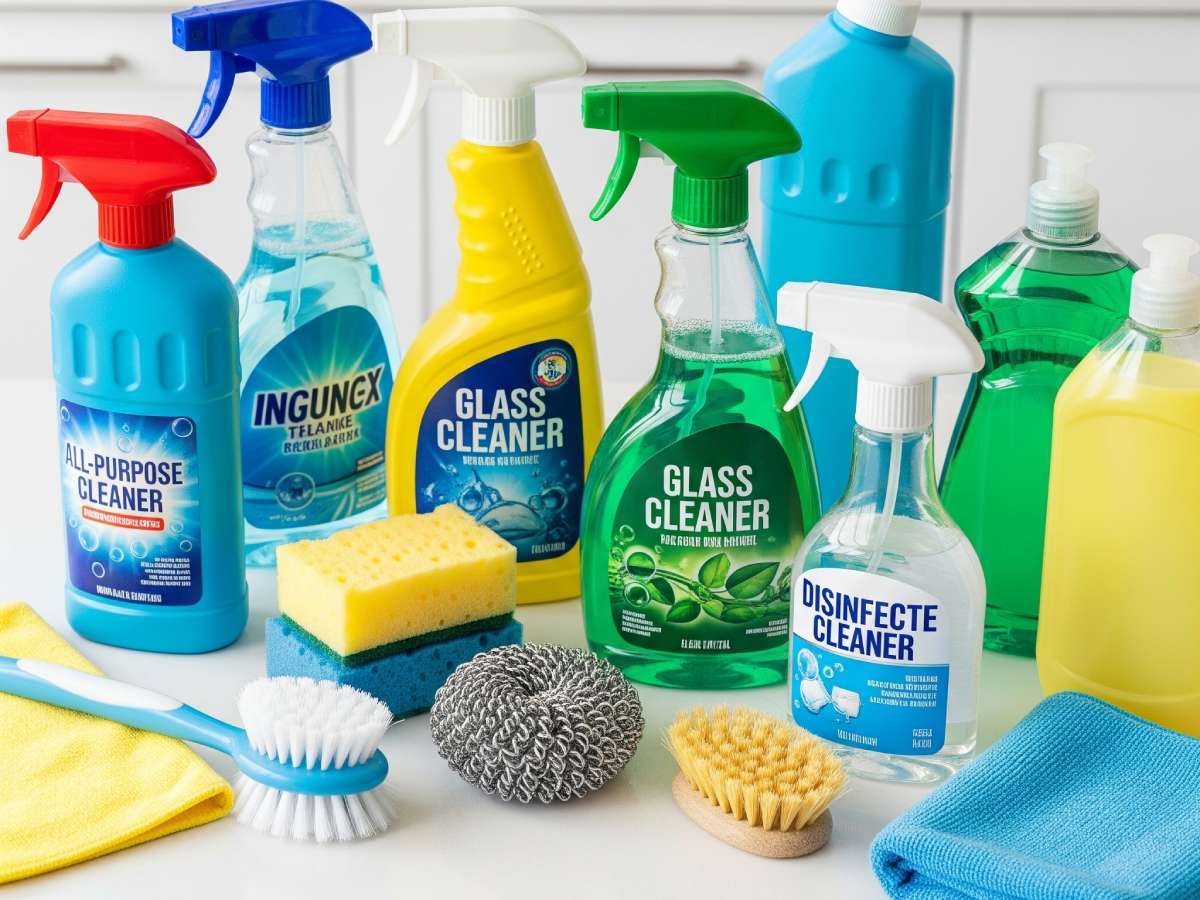If you want to be smiling at the end of your yard sale AND feel good that you’ve sold most of your items, then price everything very low!

I’m not kidding.
Otherwise, you’ll just end the day frustrated and sad that you went to all this trouble to set up and run a day-long (or 2-day long) yard sale… yet you’ve got very little profit to show for it!
My advice is to just sell everything and be done with it, rather than try to make some outlandish profit in the end. It’s far more frustrating to be left with most of what you started with in the end than it is to sell it for too low of a price.
Trust me, I know. (Been there, done that.)
Now, what’s the best way to go through and price all those items?…
That’s what we’re going to talk about next.
In this article, I will cover:
- The Pros & Cons Of Using Price Tags vs. NO Price Tags
- The Pros & Cons Of Using Signs Instead Of Price Tags
- The Pros & Cons Of Asking Shoppers To “Make An Offer”
- Tips For Selling Collectibles At Your Yard Sale
- 3 Easy Ways To Find The Value Of Every Item You’re Selling
- A List Of Common Yard Sale Prices In The U.S.
- How To Price Yard Sale Items Based On Retail Value
- The Way I Like To Price Things For A Garage Sale
- What To Do If Things Aren’t Selling
- How To Set Realistic Expectations For Your Yard Sale
Price Tags vs. Haggling
Unless someone happens to be a seasoned yard sale shopper, most people aren’t all that comfortable with “haggling” to get the best deal on a yard sale item.
I’ve found that most shoppers would rather know what you’re asking for an item (thus, price tags or yard sale stickers are a necessity). And only about one-third of those will try to talk you down on the price.
If you don’t have price tags (or table signs… see below) on all of your items, then chances are the very shy people (or someone who is just mildly interested in an item) won’t ever speak up and ask you the price.
Someone who might have made a purchase — if only they had seen a pricetag on the item — will just quietly leave your sale instead.
Here are some free printable yard sale price stickers that are colorful and show lots of denominations — from 10 cents to 10 dollars.
Price Tags vs. Signs With Prices
Before we talk about how to determine yard sale prices for your items, let’s discuss which METHOD of pricing works best: individual price tags versus table signs.
I generally price every single item, one-by-one, using handmade price tags:
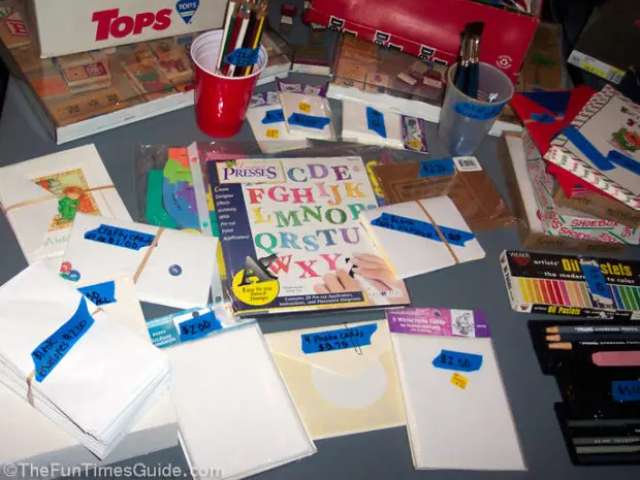
I use blue painter’s tape and a black Sharpie marker. The blue tape is completely removable — from everything! (Just don’t leave it on for days, as it will begin to permanently adhere to paper items.)
I place handmade price labels on the back (or bottom) of each item.
I do that (rather than putting the price on the front of each item) because I WANT people to pick up the item and think more about how they would personally use it… before they see the price.
Plus, when people see a bunch of price tags on the fronts of everything, they tend to become more “price-focused” instead.
TIP: I keep my pricing materials (blue painter’s tape & Sharpies) in close reach throughout the entire sale. Why? In case I forgot to price something. Or, if I decide at the last minute to sell 2 items separately rather than as one item. Or, if I choose to lower the price at the last minute. Plus, I’m ALWAYS adding items to my yard sale up until the very last minute when I close down. Not because I’ve waited til the last minute, but because I try to think creatively during my yard sales: “Ooh, those old wine bottles sold fast — what else do I have like that to sell?!” Or… “A lot of people have shown an interest in my craft stuff — I guess I’ll bring out some of my scrapbook supplies to sell, as well.”
I’ve also experimented with using table signs (or “grouped items” signs) instead of individual price labels:
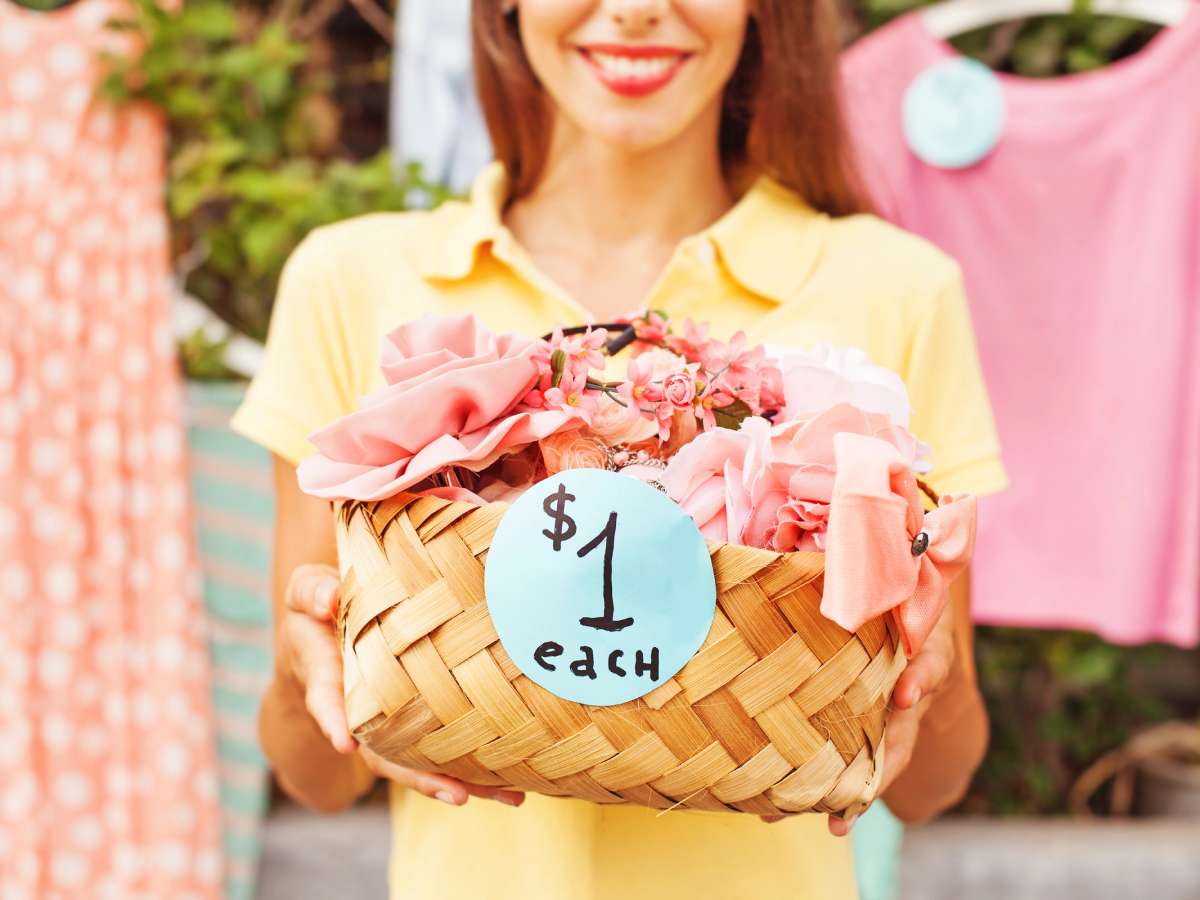
My table signs say something like:
“Items on this table 25 cents each”
“Posters $1 each”
“All magazines 50 cents each“
But… people STILL ask, “How much is this?”
To be completely honest, even when I hand-label each item with a price tag, I do still get people asking, “How much are your DVD movies?”… “How much is this?” … “How much is that?”
So, I guess the verdict is still out on this one.
I’ll probably continue to do some combination of both pricing methods.
Here’s a tip if you are trying to sell something that is fairly high dollar and it’s a popular item that appears in catalogs or sale ads. Cut out the ad with the item in it (with the price showing of course) and tape it to your item. I’ve seen this done mostly with gently used children’s toys and such. It shows the buyer that spending $10 for an item that normally sells for $40 new is a good deal. Be selective if you use this this tactic, people will get turned off if you do it for every item you’re trying to sell.
~ The Yard Sale Queen
Make An Offer?… No Way! (Selling Collectibles)
Another thing I’ve learned firsthand: People do NOT like to “make an offer!”
Instead, they want to know what your starting bid is first, so they can offer something lower.
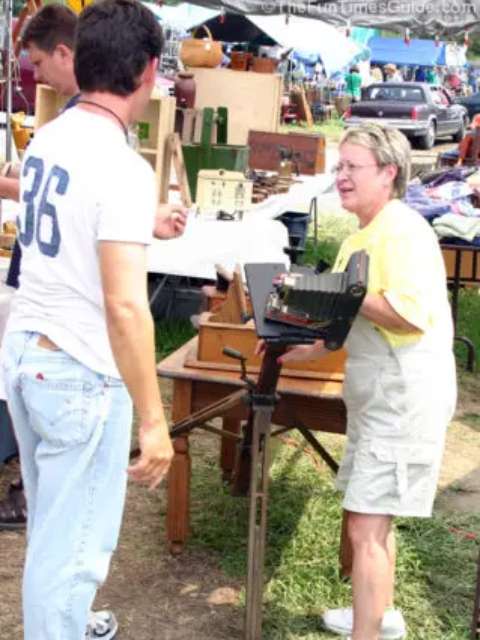
At my last yard sale, I had a bunch of collectibles (Michael Jordan stuff, Nolan Ryan stuff, old-timey memorabilia from Kool-Aid, Campbell’s Soup, etc.) and, despite the “Make an Offer” signs prominently hung in front of these items, people repeatedly asked me, “How much do you want for this?”
My reply of, “Make me an offer” was never accepted. They would all balk and cringe and mumble something to the effect of: “I don’t want to make an offer… I want to know how much you want for it.”
Point taken.
Only one woman forced me on the issue. She talked me into starting the bidding process. And I guess she liked the price — because she jumped on it, without any hesitation.
That was my fear… Since I’m not into collectibles, I wanted someone who WAS to start the bidding process. Because if I started, not knowing the item’s true value, I’d likely start it too low and get “taken.”
But that’s just not how yardsaling goes… Shoppers EXPECT you to know a lot about the items you’re selling.
I just leave if nothing has price tags. It takes too much energy to ask “how much is this” over and over with every single thing I might be interested in. And I’m not going to guess what the price is (“make an offer”) because some people get really #!@% if you guess wrong.
~ reindeermoon
So I’ve learned my lesson. Collectibles should not be sold at garage sales — unless you know exactly what you’ve got and what it’s worth.
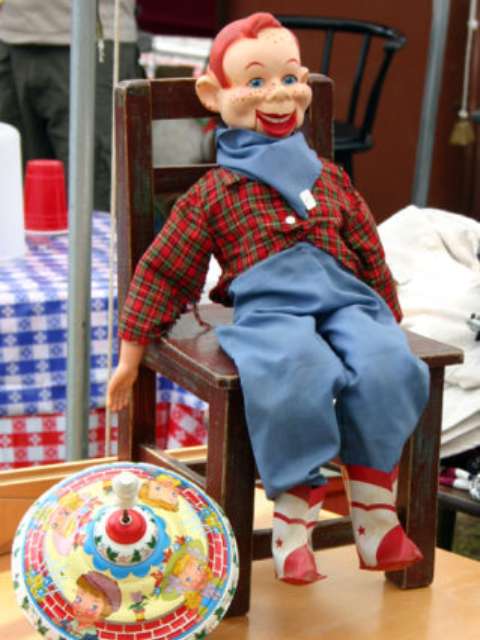
Most of the time, collectibles are best sold on eBay.
Quite honestly, your chances of having “a Michael Jordan collector” or “a Nolan Ryan collector” or even “a true stamp or coi
n collector who’s willing to pay some serious money for a worthy collection” swing by your yard sale are pretty slim anyway!!!
Most (99%) of yard sale people are looking for bargains, NOT pricey collectibles.
So I don’t even bother selling collectibles at my yard sales anymore — because the majority of shoppers will not be collectors of whatever it is I’m selling. They’ll just be more curious than anything. Often, their mind will race to someone they KNOW (and who doesn’t live nearby) who collects those things — but the chance they’ll actually buy one of your collectibles is quite slim.
And if you happen to get some yard sale shoppers who ARE looking for collectibles…
Well, they typically know the value of those items much better than you do!
So you have 2 choices:
#1) Deal with the fact that you will probably get LESS MONEY for the collectibles you sell than they are actually worth — because you’re choosing to sell your items to an unknown collector on the spot and you’ll probably be under a bit of PRESSURE.
OR
#2) Hope that you get an HONEST collector at your sale who will give you a FAIR price for your collectibles — as seen in this video:
I’d highly recommend that you use eBay for any and all collectibles. But that’s just me.
A site like eBay brings a huge international market to your collectible items. Whereas, your garage sale is only going to attract people from your local area. And let’s be honest… Of those from your local area that actually choose to stop at your sale, probably VERY few are even interested in those specific collectibles.
Your collectibles are likely to be hot items AMONG OTHER COLLECTORS. But locally? Not so much.
It is nearly impossible to get a fair price for antiques at a garage sale no matter how you advertise it. I’ve tried it a couple times with items from my relatives estates and it wasn’t worth the time or trouble. People came expecting to pay a quarter or fifty cents for items they have no clue as to the real value of … Antique collectors and dealers frequent flea markets more often than garage/rummage sales.
~ i_dig-it via GardenWeb
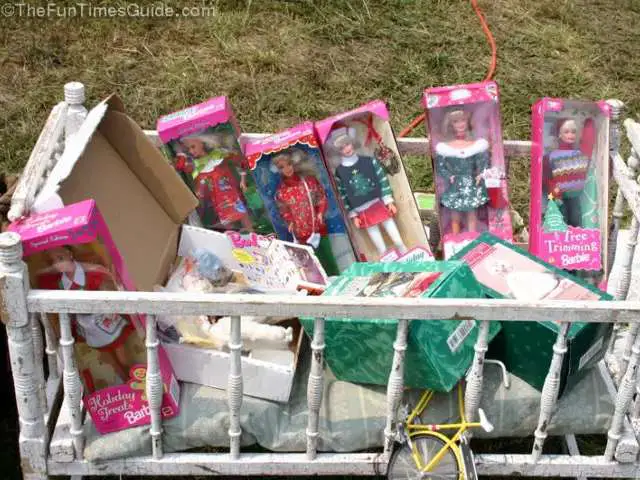
How To Find The Value Of Any Item
When I’m pricing all of my items, these are the 3 most helpful resources that I use to decide on the prices I will be asking for my yard sale items:
- Salvation Army Value Guide – Keep in mind, even the “low” prices listed in this guide are way too high for yard sale pricing (because yardsalers aren’t interested in what an item is WORTH, they only want THE BEST DEAL). So, I simply use this as a general guideline to see what the “real” value of items are today.
- eBay Listings – Make sure to use Clark Howard’s tip to only check “completed listings” on eBay (because you’re only interested in what the items ACTUALLY SELL FOR, not the wide range of prices that the owners “hope” to receive for their items when they set their eBay price).
- Keepa / CamelCamelCamel – I use Amazon price tracking sites like these to see the prices that items have been sold for BRAND NEW on Amazon. (Simply enter any Amazon URL into the search box of these sites.) However, you cannot base your yard sale prices on “new” item prices — not even IF your yard sale items are brand new. You’d have better luck getting more money for such items if you sold them on eBay or Craigslist or on Facebook Marketplace instead.
Sites like the ones listed above should be used AS A GUIDE to help you decide what to price things.
For example, I primarily use eBay’s “completed listings” to set my yard sale prices. I like to find the highest price AND the lowest price for a particular item, and then pick a middle-ranged price for my yard sale item (…IF you really want to sell it, that is).
As a pricing guide for yard sale items, I use eBay. But don’t simply base your prices on the “asking prices” for items that are currently for sale on eBay — because asking prices don’t mean that people are actually paying that amount! Instead, use eBay’s “completed listings” (under Advanced Search). Completed listings show what people have ACTUALLY paid for items that have ACTUALLY sold. That’s how you determine the true value for any item using eBay. Also, try to gauge how often these items are selling on eBay – so you’ll know that a completed sale wasn’t just a one-off.
If a particular item you’re selling is something that’s near and dear to your heart, then go ahead and pick the higher price — just know that you’re likely to end up keeping it.
As a rule, I price everything 50 cents higher than I’m actually willing to sell it for. That way, I’ve got some “bargaining room.” I’ve found that most people try to talk you down 50 to 75 cents, on average.
And never forget the “golden rule” with yard sale pricing…
Yardsalers are thrifty shoppers who are looking for BARGAINS. They want rock-bottom prices that are FAR BELOW what they could buy the same used item for elsewhere (like on eBay, Craigslist, and Facebook Marketplace).
You don’t want to intimidate people with high prices. You want to get rid of your stuff!
You could also use this Yard Sale Price Calculator… It’s pretty easy to calculate exactly how much you should charge for every item you’re selling at your garage sale by using 5 simple steps.
Common Yard Sale Prices
What follows are the most common yard sale prices — based on my own personal experience having hosted several yard sales AND what I’m seeing others price their items for across the U.S.
Yard sale prices are 100% dependent on:
#1 – The condition that the item is currently in (quality)
AND
#2 – How much the item is likely to be used or collected today (popularity/demand)
Remember: These are YARD SALE PRICES, not how much the items are truly “worth”:
- Baby Furniture & Equipment – $10.00 to $20.00
- Baskets & Decorative Containers – $.75 to $2.00
- Bath & Body Toiletries (full size bottles) – $.50 to $.75
- Belts – $.50 to $.75
- Bicycles – $10.00 to $20.00 (more if it’s a high-quality, lightweight, road bike for adults)
- Blankets – $2.00 to $4.00
- Board Games & Puzzles – $.50 to $2.00
- Books (hardbound) – $.50 to $1.00
- Books (paperback) – $.25 to $.50
- Candles – $.50 to $1.00
- CDs – $.50 to $1.00
- Clothing – $.25 to $3.00 (Certain brands of clothing may get more — just keep in mind that most people who buy brand name clothes don’t get them from garage sales, and those who do are looking for rock bottom pricing on such items)
- Cups, Mugs & Drinking Glasses – $.25 to $.50
- DVDs – $1.00 to $1.50
- Electronics (computers, laptops, phones, cameras, etc.) – $10.00 to $25.00 (Some can go for even higher prices IF they’re in good working order, clean, and have been maintained properly)
- Extension Cords & Chargers – $.50 to $.75
- Flower Pots – $.25 to $4.00
- Furniture (beds, tables, chairs, dressers, etc.) – $10.00 to $25.00 (Some can go for even higher prices IF they’re brand name, made of solid wood, in good working condition, immaculately clean)
- Garden Hand Tools – $.50 to $2.00
- Hats – $.50 to $1.50
- Hair Accessories – $.25 to $.75
- Jewelry (not precious metal) – $.50 to $2.00
- Kitchen Appliances (blenders, toasters, air fryers) – $5.00 to $10.00
- Kitchen Gadgets (utensils and small widgets) – $.50 to $1.00
- Lamps – $3.00 to $5.00
- Lawn Equipment (mowers, edgers, etc.) – $10.00 to $25.00
- Light Fixtures – $2.00 to $4.00
- Magazines – $.25 to $.50
- Makeup & Nail Polish – $.50 to $1.00
- Picture Frames – $.50 to $1.00
- Pots & Pans – $2.00 to $4.00 (more for high-quality name brands in good shape)
- Power Tools (drills, blowers, chainsaws, etc.) – $10.00 to $25.00
- Purses & Backpacks – $1.00 to $5.00
- Quilts – $10.00 to $20.00
- Shoes – $1.00 to $3.00 (Certain brands of shoes may get more — just keep in mind that most people who buy brand name shoes don’t get them from garage sales, and those who do are looking for rock bottom pricing on such items)
- Throw Pillows – $1.00 to $2.00
- Toys – $.25 to $10.00 (depending on the size, brand, and quality of the toy)
- Wall Art & Mirrors – $5.00 to $10.00
- Winter Coats – $4.00 to $10.00
- Wrapping Paper & Gift Bags – $.25 to $.50
Anything that is expensive or that you want to get more than $10 for should be sold elsewhere, such as in an ad on Craigslist, on eBay or on consignment. That said, price most furniture at $10 or less. If your item is special or in excellent condition, such as a couch or a great table that you still want to try at your sale, price the piece at one-third of the retail price. Grouping furniture items together, such as a set of pillows with that couch or a hutch with a desk can increase your sale.
~ Families.com
How To Price Yard Sale Items Based On Retail Value
A good rule-of-thumb for pricing yard sale items is to keep your price within 10% to 20% of the item’s retail value — 10% if you really want to sell it, 20% if you won’t mind if you don’t sell it. So, if you originally paid $25 for an item, you shouldn’t expect to get more than $5 for it. (Much less, usually.)
The only way you’re going to get MORE than that for an item at your yard sale is if the item is:
- Brand New / Never Used (with tags and/or the original box and/or the owner’s manual) – you might be able to get 40% to 50% of the item’s retail value, depending on how “hot” or trendy the item is
- Like New (in excellent condition but no tags, no box, no owner’s manual) – you might be able to get 20% to 30% of the item’s retail value, especially if it’s not very old
- Good Condition (obviously used, but no holes/tears/scratches) – while the item may seem “good as new” to its new owner, this is the majority of the stuff that people sell at yard sales… and shoppers generally won’t pay more than 10% of retail value for it, especially if its really old
- Antique / Collectible (the older the better) – collectibles can sometimes sell for 50% to 60% of what the item is “worth” according to price guides and such, IF you’re lucky enough to have a collector of that item visit to your sale
- Designer Brand (here’s an A to Z list of the best brands) – depending on the brand, you should be able to get anywhere from 20% to 50% of the item’s retail value
Keep in mind, it still depends largely on the condition of the item AND how much the item is likely to be used or collected today — as mentioned above.
In this video, watch as a shopper visits several garage sales and buys primarily those types of items:
The Way I Prefer To Price Yard Sale Items
The way I price things usually means selling items for LESS than they’re worth and still making a decent profit.
My #1 goal is to simply get rid of everything. I do NOT want it back in my house — period. I mean, if I didn’t want to get rid of all this stuff, then I wouldn’t go to the “trouble” of having a sale in the first place, right? Because garage sales take a lot of planning and prep work in order to be successful.
So I like to price everyday household items lower than they could be bought at the Dollar Store. Think about it… If someone could buy the brand new, never used version down the street for around $1, why would they buy your used version of that item for the same (or even more) money?
At yard sales, people are looking for BIG BARGAINS on “like new” items. They’re looking for a big payoff (buying an item for much less than it’s actually worth). Otherwise, if they really want it, they’ll willingly buy it new somewhere else and happily pay a bit more for it there.
First, I remind myself of the type of people who tend to shop at garage sales (see below). Then, I try to think of the reasons that someone would be interested in my items. Finally, I set my prices accordingly.
The typical yard sale shopper tends to be one or more of these:
- A collector (but it’s SUPER difficult to come across the exact type of collector you have items for at your one little garage sale)
- Someone on a very tight budget (so I definitely don’t want to nickel & dime someone on an item they truly NEED yet can’t afford to buy new)
- A reseller (someone who scoops up good deals at yard sales to resell them for higher prices online or at flea markets)
- Someone who’s wealthy and looking for name brands at cheap prices (I usually sell those items online instead, not at yard sales)
- A neighbor (who’s just being neighborly, and probably getting ideas for their own future yard sale)
No, I don’t always try to make a huge profit. But it sure is nice when it happens!
I usually make the most money when I sell “guy stuff” — like lawn equipment, tools, and car stuff. Or when I sell “large items” — like appliances and furniture.
Why these items? Because the payoff on larger, more expensive items like this is much greater for the shopper AND the seller.
Said a different way… In order to actually sell these larger, more expensive items (and not get stuck with them after the sale is over), you have to mark the price pretty low — FAR BELOW what they’re actually worth. Yet it’s still a good chunk of change for the seller. So I consider this a win-win.
Likewise, you’ll make the least profit on all of the smaller, inexpensive items you sell — like kitchen gadgets and cheap toys. And to be honest… since these items aren’t that expensive to buy brand new to begin with, you really can’t count on these items selling well at your yard sale in the first place.
What Do You Do If Things Aren’t Selling?
Half-way through the sale (if not sooner), I always take a step back and assess the situation…
If items are selling, then you probably don’t need to do anything differently.
But if you’ve hardly sold anything — or you just want to blow-out the rest of the items that haven’t sold yet — then consider having a “1/2 Off Sale!”
This makes your sale fun and unique, too.
How? Simply post some signs — on COLORFUL cardboard or paper. Some phrases to consider are “Everything must go!”… “1/2 Price Sale Til 4PM”… “All Prices 1/2 Off!”
TIP: I recommend that you print up some signs for this purpose ahead of time… just in case.
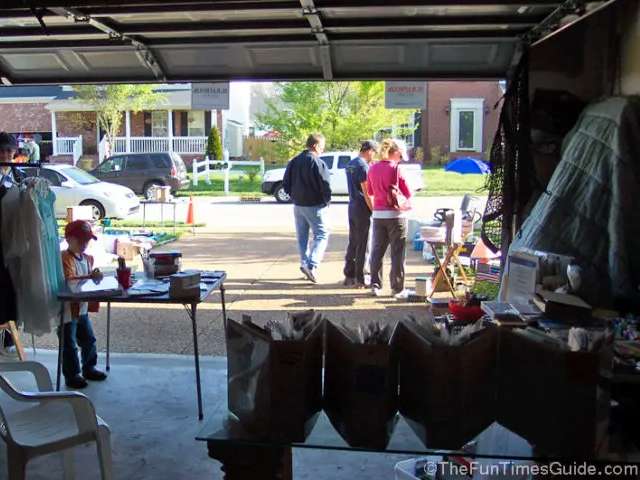
Or, if it’s late in the day, and you see someone looking at a particular item for a few minutes longer than most, yet they don’t buy it… Before they leave, offer that item to them at 1/2-price. Most of the people I’ve done this for will actually buy it at the lower price!
The early bird gets the worm, but the late bird gets the closeouts!
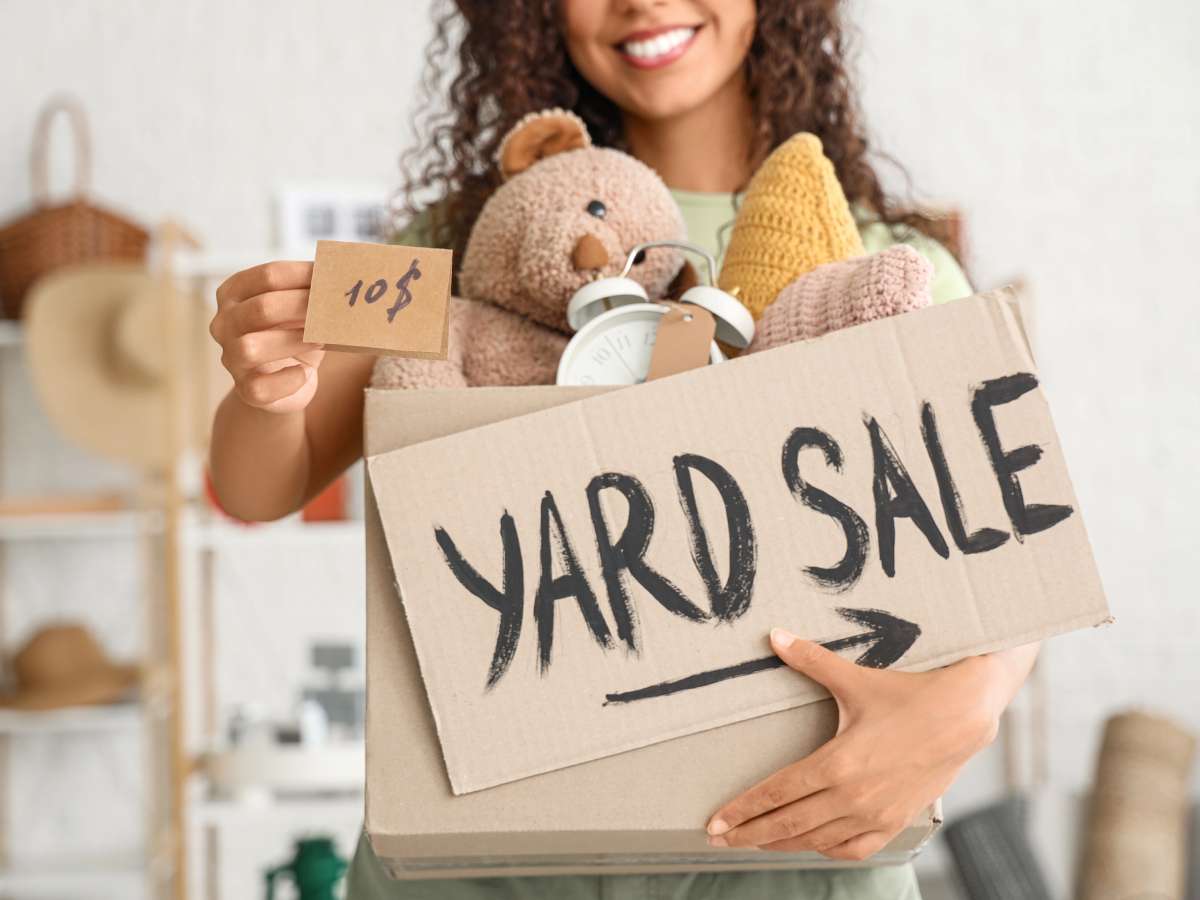
What if, at the end of the day, you’re left with most of the items that you started with?
Here’s what to do with yard sale leftovers.
Tips To Help You Set Realistic Expectations
Garage sales (and the types of items typically found at garage sales) appeal to certain types of people.
There are different levels of interest in yard sales, in general. And there are different values that people place on the items found at yard sales. (Remember, value is simply what someone is willing to pay for an item.)
For example, people with lots of money don’t need the items you’re selling — because they can just as easily run to the store (or online) and get the item brand new in excellent condition themselves.
Other people enjoy the “thrill of the hunt” and they look forward to scoring a good bargain or a collectible or an item that’s hard-to-find these days at yard sales.
Still other people (the majority of yard sale shoppers, in my opinion) are low on funds and are simply looking to find a good deal at the same time that they’re trying to make ends meet.
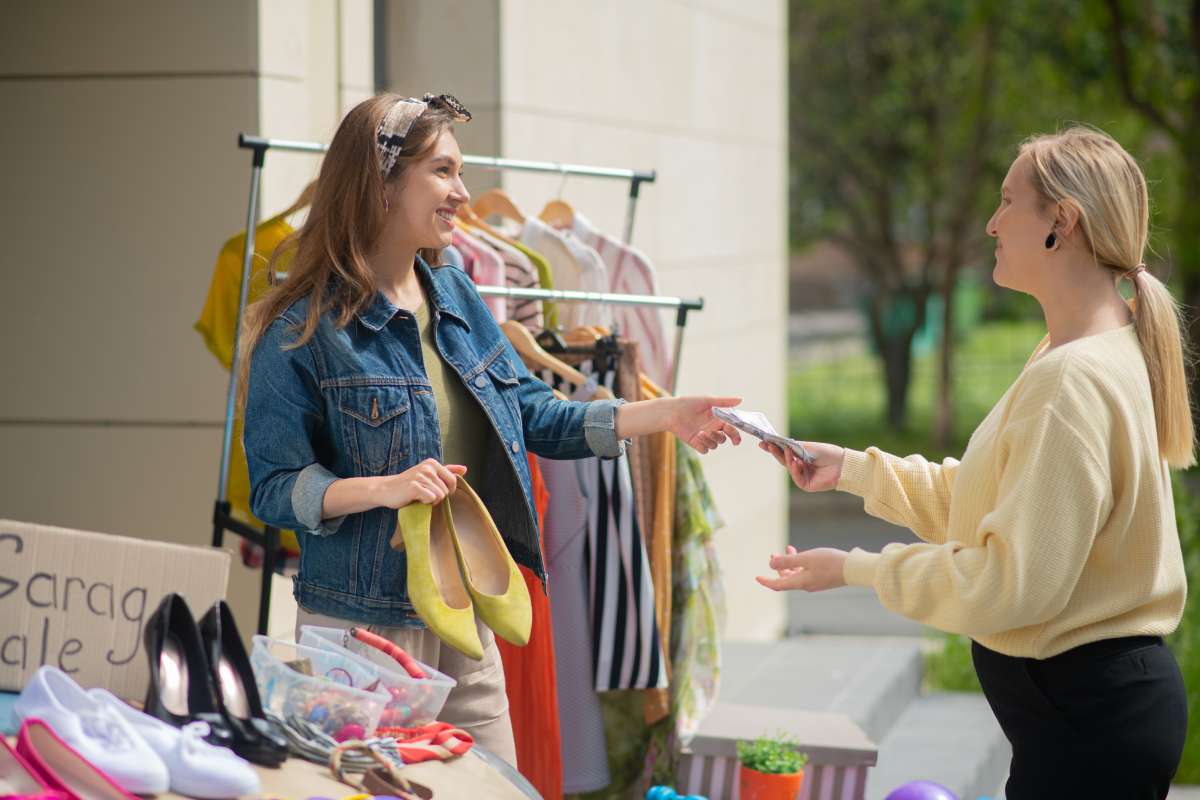
Even if you’ve priced your items “right,” you still have to cross your fingers and hope that:
- At least one person who visits your local sale will be INTERESTED in each of the items you’re selling.
- Those same people will also be willing (and able) to PAY the prices you’ve asked for those items.
From here, you sit back and wait… Hope that you find those needles in the haystack (people) who like what you’re selling. And that your prices are low enough they won’t hesitate to buy.
Good luck!
Let me know if you have any other thoughts about these common yard sale prices — or other ways that YOU like to determine yard sale prices.

